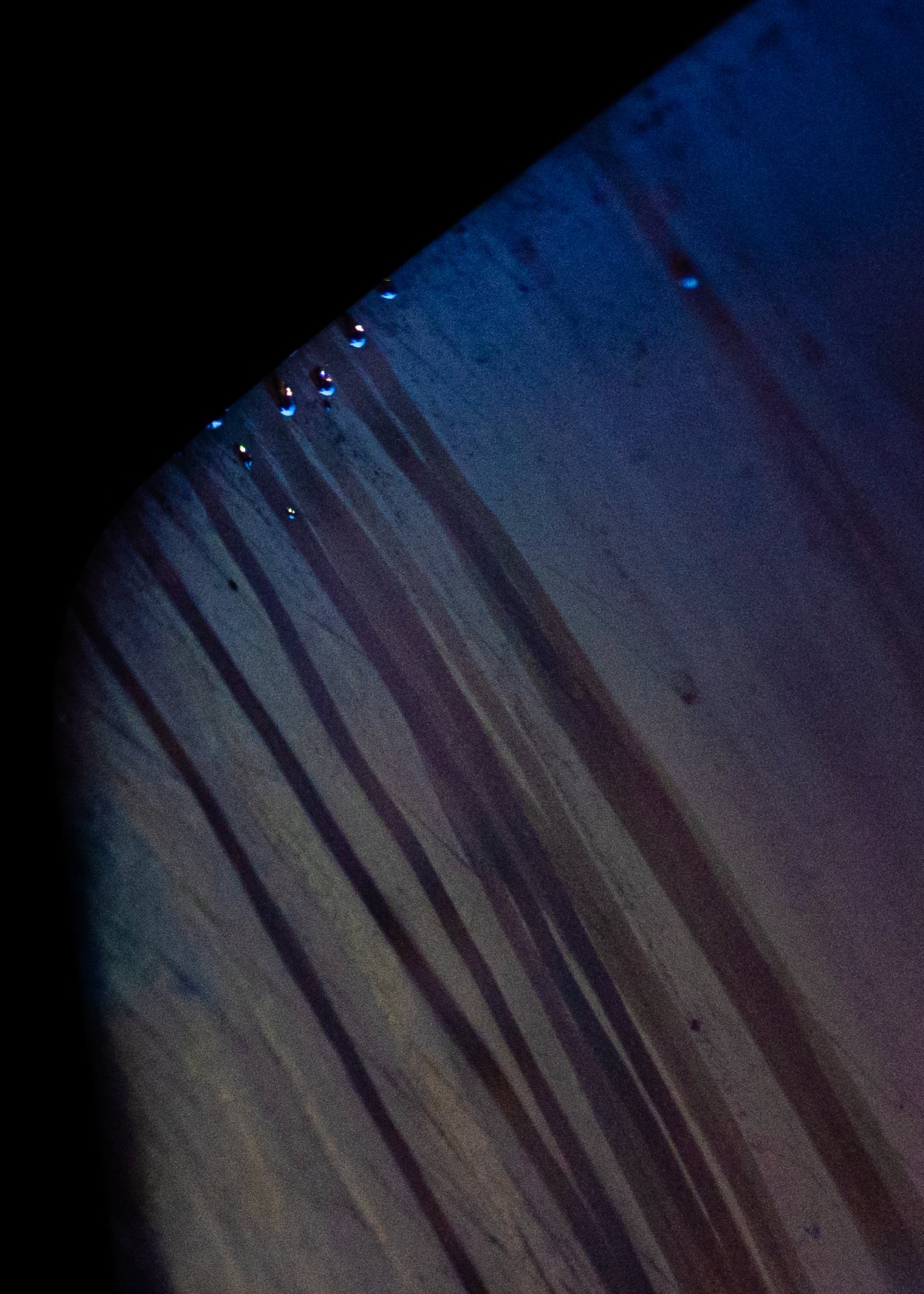For the fellow anxious ones: Fear & creativity | Viola Bender
Photo by Ania Ready
Who would we be if we weren’t afraid? What would we be capable of?
Photo by Caterina Nasini
This blog post investigates the seemingly mundane and destructive fears that paralyse us. The fears that often hold us back from progressing in our artistic life and how connecting with others can help us to overcome these fears.
Fear, in its most extreme form, feels like a kraken with its tentacles chaining you in a space of a very close radius slightly above water, so you’re just able to keep on breathing. Or to borrow the words from the fictional, pop-cultural character Geralt of Rivia (The Witcher) who so aptly states in S2 E1: “Fear is an illness. If you catch it and leave it untreated, it can consume you”.
Although I am tempted to subscribe to that statement as it is, fear is not necessarily an illness. Fear has an important function: to protect us and others from life threatening danger. Yet, fear seems to be omnipresent, and our brain appears to be an evolutionary snail when it comes to adapting to and assessing realistic danger. Thus, it sets off loud sirens when it comes to making a speech in front of a large crowd or when we have to pick up a phone and give someone a call.
As artist’s there are often worries like:
“What if I am not experienced or good enough?”
“Should I apply to this funding opportunity/residency/open call?”
“Should I take part in that exhibition?”
“Am I going to meet the deadline although there’s so much going on right now?”
“What’s the point in doing what I do when there’s so much suffering going on?”
These can then be amplified by catastrophizing thoughts such as:
“If I don't get accepted… It means that I'm a failure.”
“If I don't get this opportunity it means that I’m not worthy and should do something else entirely.”
It’s easy to get discouraged by a tornado of negative thoughts.
Reflection either on your own or by making use of a support system can be a great tool to help rationalise your thoughts. Below are two tools you can use to help overcome your fears in your creative practice.
Photo by Viola Bender
1. On your own write down what you will (or might gain) by facing your fear.
For example: What will I gain if I apply for the residency/funding opportunity/open call?
Possible answers could be e.g.:
A chance to be successful.
A chance to travel/realise a dream project/to be seen by new people.A chance to meet new people and make new colleagues/friends and be inspired.
A chance to be closer to being exhibited at xyz.
A chance to learn (e.g. by following up on why it hadn’t been successful, by reflecting on the application process, how to deal with failure).
Ask yourself: What is (realistically!) the worst that could happen if you e.g. approach curator magazine xyz?
Either they’re politely going to say no; then you could kindly ask for an explanation and might get some feedback. Or you won’t get any reply. In the case of the latter, don’t let your mind tell yourself that they are ignoring you, hate your work or are intentionally rude.
Send a follow up email after some time, given that they just might not have seen it or have been incredibly busy.
2. Don’t get stuck in your own mind and let yourself be paralyzed by your thoughts. Talk about your worries with others. They can help you evaluate what’s realistic and share their own experiences.
Have someone who holds you accountable.
At Work Show Grow we have a “Monday manifesto” channel on Slack where anyone can write their list of what they want to work on throughout the week. This encourages you to plan, break down bigger tasks into smaller chunks, and reflect on what you have accomplished so far. You can also include other important goals like hobbies, connecting with family and friends etc. This simple task helps you prioritise your activities.
You may wonder how is that different from writing a weekly to-do list for yourself? The WSG community responds to your manifesto and hypes each other up. You might also discover that others are facing similar challenges. The community may come back and check in on you which is a great way to maintain some accountability.
Another great tool that we use at Work Show Grow is the “power hour”, i.e. joining a video call and working together in silence. This simple activity has the same feeling as sitting in a library. This is great for those that work from home to feel connected when facing anxiety-inducing tasks. Having others working around you helps you feel less tempted to procrastinate. Plus, you can also check in with everyone.
Lastly, a great tool for creative success is attending a regular feedback crit session. Crits give you the opportunity to present a work in progress project, receive feedback from a creative community, and support other artists with their practice.
It has shown me how valuable it is to have friends checking in on you. Particularly those who understand the struggles of being an artist and have gone through the same experiences. They gradually help disentangle the dark ball of wool that sometimes fills up your head and makes it seem impossible to be formed into something productive.
Please always remember how amazing it feels once you’ve conquered a fear that has held you back and you did it anyway. Write down what has helped you along the way so you might be able to use it next time fear creeps up onto you.
Text by Viola Bender
Photos: as captioned by the following:
Ania Ready
aniaready.com
@aniaready
Caterina Nasini
caterinanasini.com
@cateranatonnefleur
Viola Bender
@violafbender
www.violabender.com
Photo by Caterina Nasini
Photo by Ania Ready





